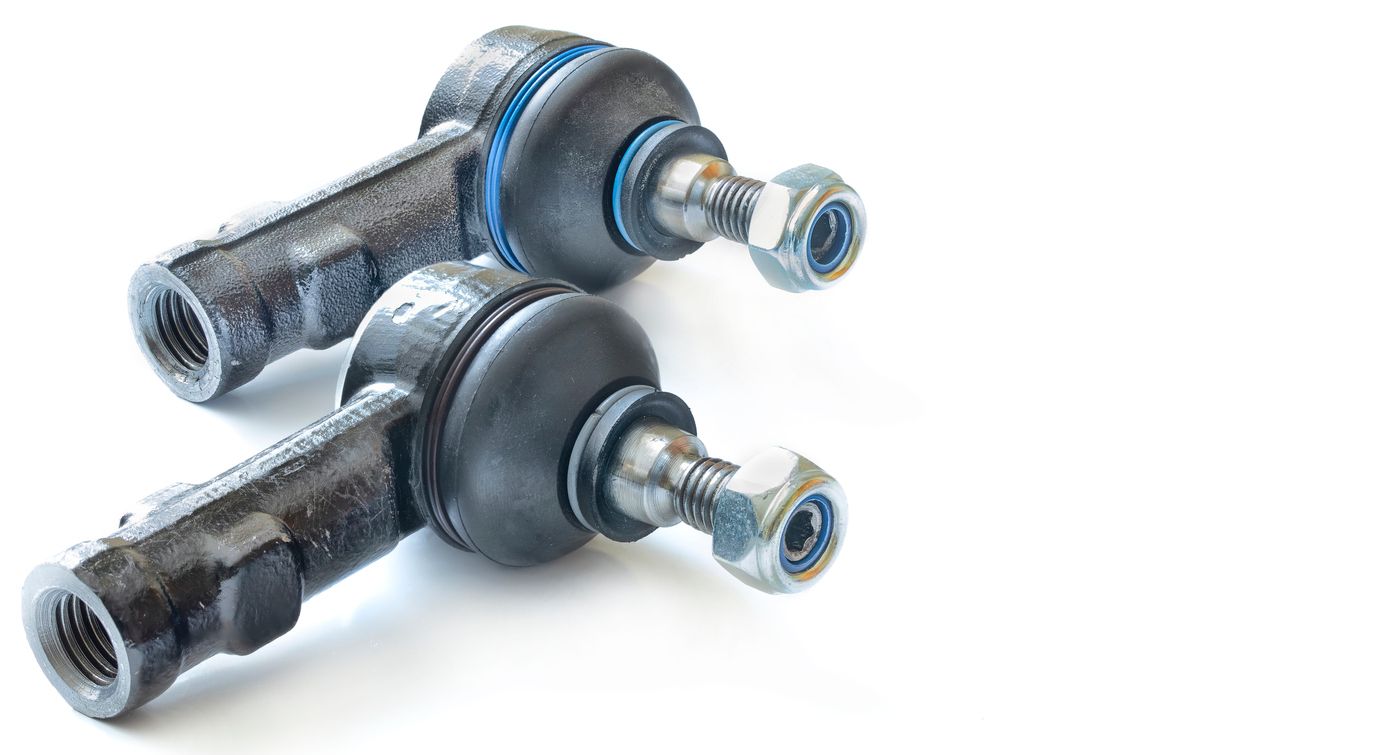
Symptoms Of Bad Tie Rod Ends
Experiencing loose steering, uneven tire wear, or strange noises while turning? Learn the common symptoms of bad tie rod ends, why they matter, and how to fix them for safer, smoother driving.
Read More
Maintaining your serpentine belts, fan belts, and timing belts is incredibly important to the overall health of your car. If your timing belt stop working, you risk serious damage to the car’s engine and your car will probably stop running. If the sepentine belt or fan belt stop working, you risk your engine overheating, lose power steering, and your air conditioner may give out. If you wait too long for engine belt replacement, you could face expensive and time-consuming repairs. Fortunately, Firestone Complete Auto Care has the auto repair services you need to help keep your entire vehicle running newer, longer.
Your vehicle’s timing belt replacement schedule is based on the make and model of your vehicle and can be found in your owner’s manual. When you call or come into your local Firestone Complete Auto Care store, one of our experienced service professionals can tell you when your specific car’s timing belt and serpentine belt replacement is recommended. Most engine belts need replacing between 60,000 and 100,000 miles on all vehicles. Make sure to check your owner's manual or give us a call, and we can look it up for you!
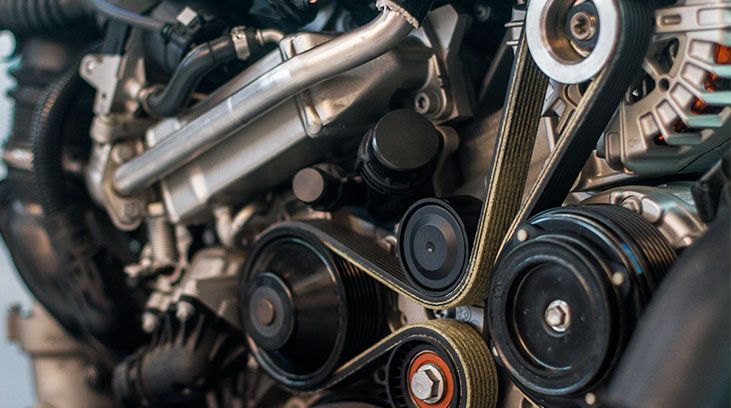
Your vehicle's serpentine belt, as the name suggests, is a long, winding rubber belt that powers important engine accessories such as the alternator, power steering pump, and A/C compressor. In some cases, the serpentine belt also powers the water pump, which helps keep engine temperatures in check.
Originally, cars used multiple drive belts to power each of these accessories, but the invention of the serpentine belt made these processes more efficient. However, if your serpentine belt breaks, slips, or loses tension, your car loses important accessories all at once. In other words, if your serpentine belt breaks, you could lose power steering, electrical power, air conditioning, and your engine may stall or overheat.
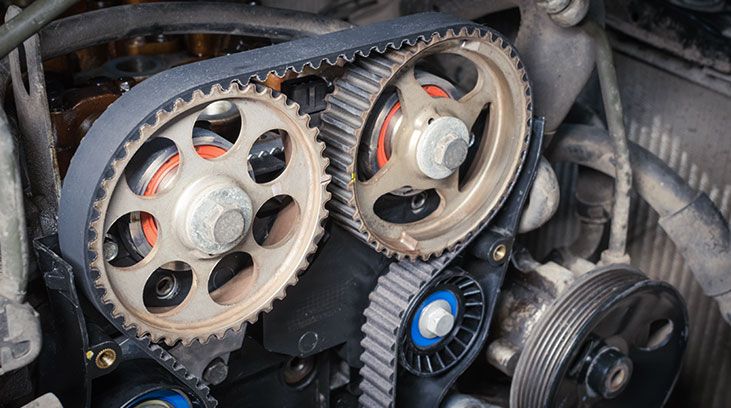
While the serpentine belt powers various accessories, a timing belt is dedicated to keeping your engine running smoothly. Timing belts work by ensuring the engine’s camshaft and crankshaft rotate in unison, so the pistons and valves do not collide. In many cases, a car may have a timing chain instead of a rubber belt, but the function is the same.
A broken timing belt can lead to catastrophic engine damage, so it’s important to have it inspected approximately every 60,000 to 100,000 miles and replaced per the manufacturer's recommended maintenance schedule or if necessary. Here are some signs that may indicate your timing belt is starting to fail:
To avoid any dangerous situations caused by a broken serpentine belt, inspect the belt for wear and tear and have it replaced according to your manufacturer's maintenance schedule. Watch out for any of these signs of a bad serpentine belt:
Whether you need a new serpentine belt or timing belt replacement, our expert service professionals are ready to help. Stop by your nearest Firestone Complete Auto Care today or schedule an appointment online for expert engine belt repair and replacement services.

Experiencing loose steering, uneven tire wear, or strange noises while turning? Learn the common symptoms of bad tie rod ends, why they matter, and how to fix them for safer, smoother driving.
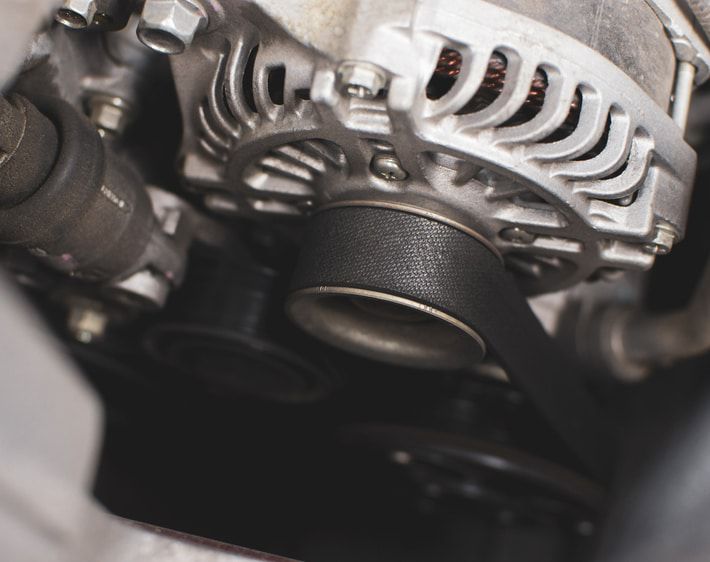
Learn how your car's alternator powers electrical components and charges the battery. Discover how it works, signs of a bad alternator, and when to get service
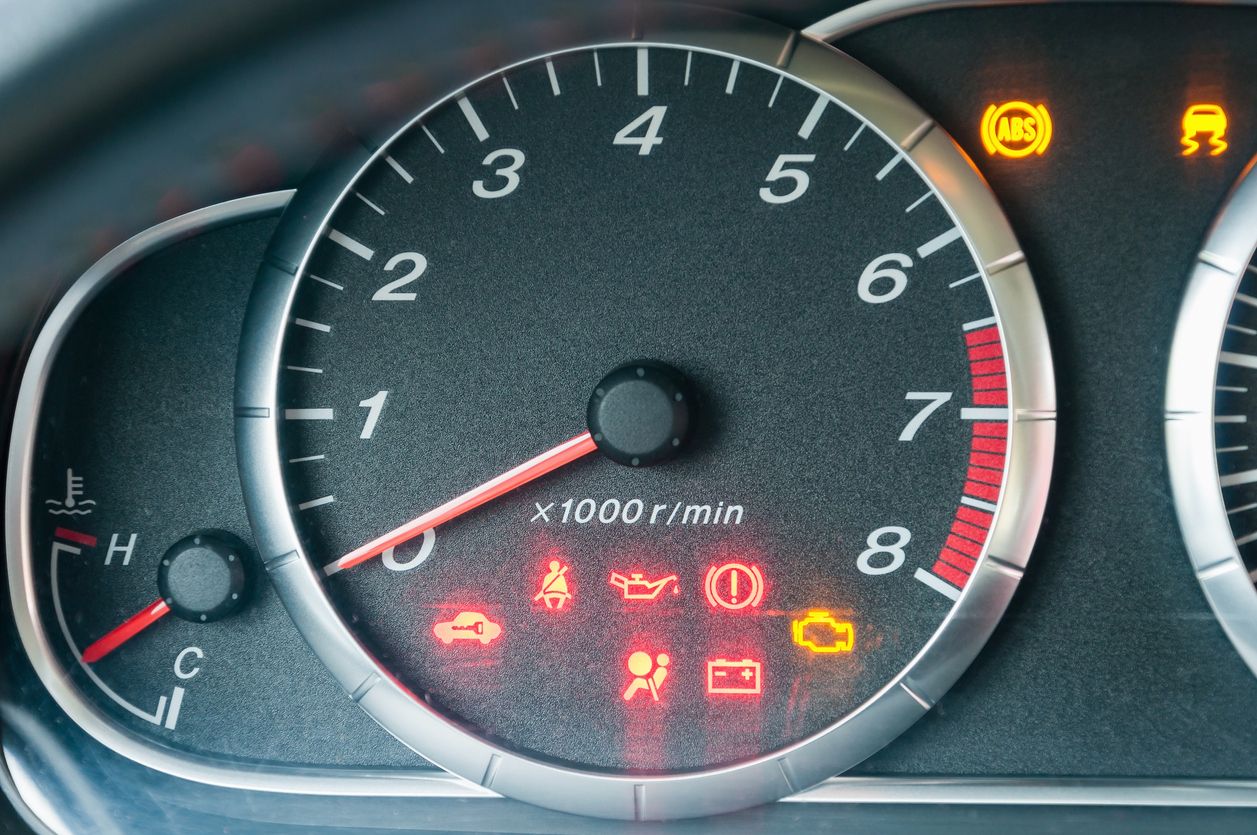
Are your dashboard lights flickering? It could be a sign of trouble with your car’s battery or alternator! Learn what to do if your dash lights are flickering.